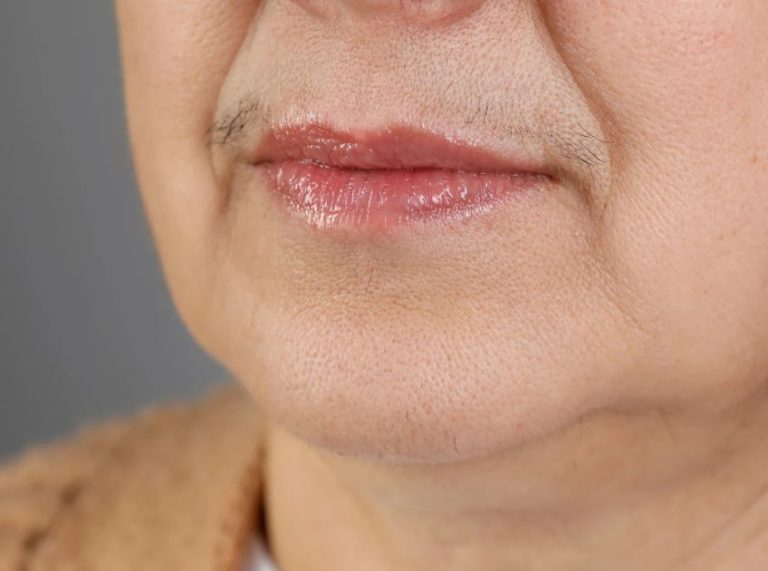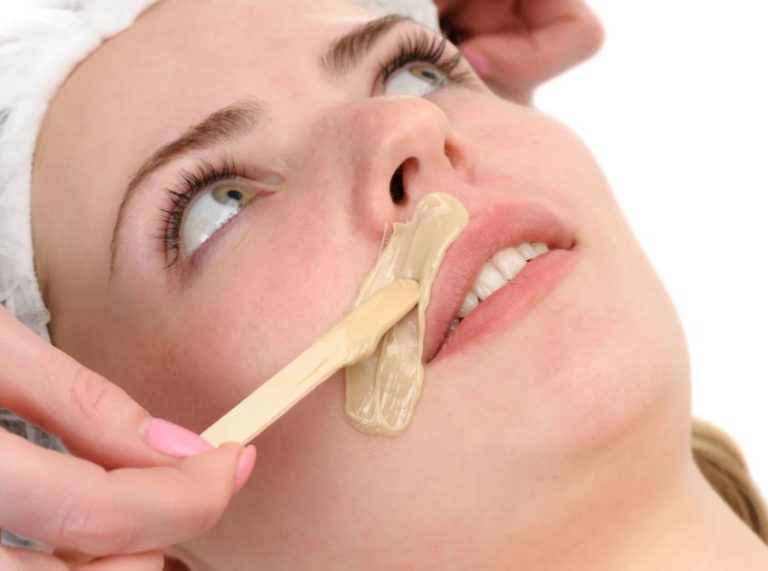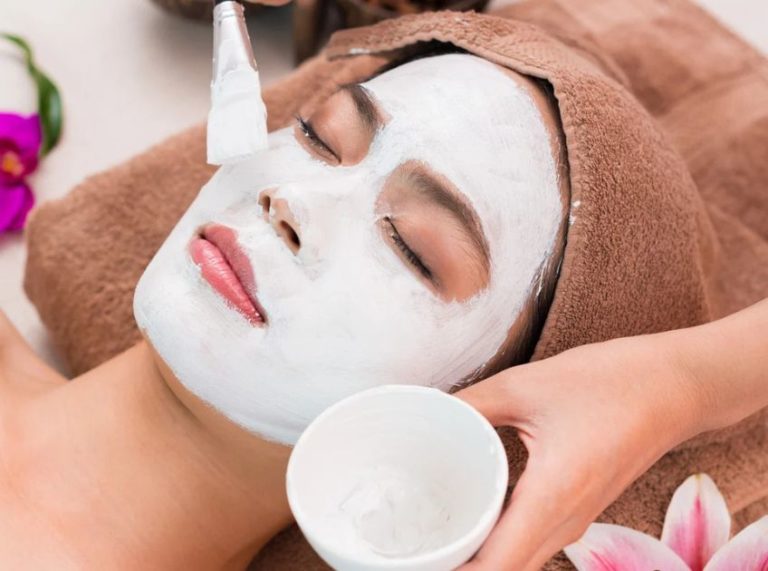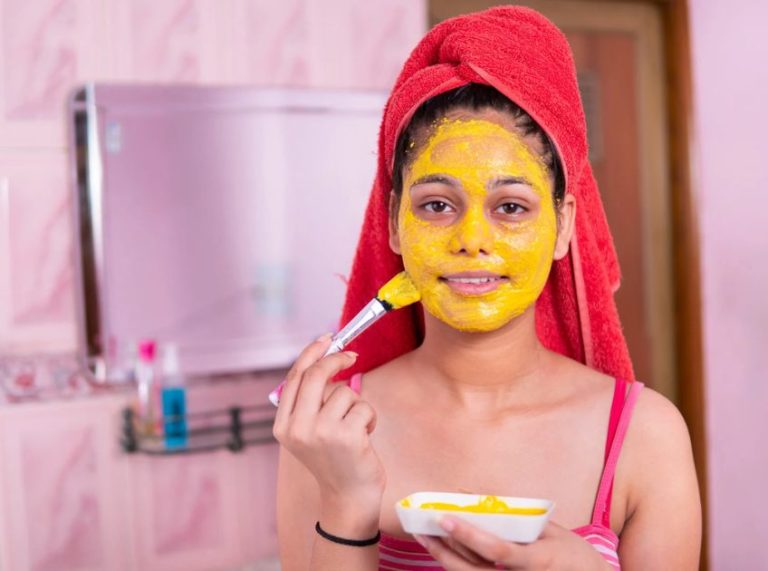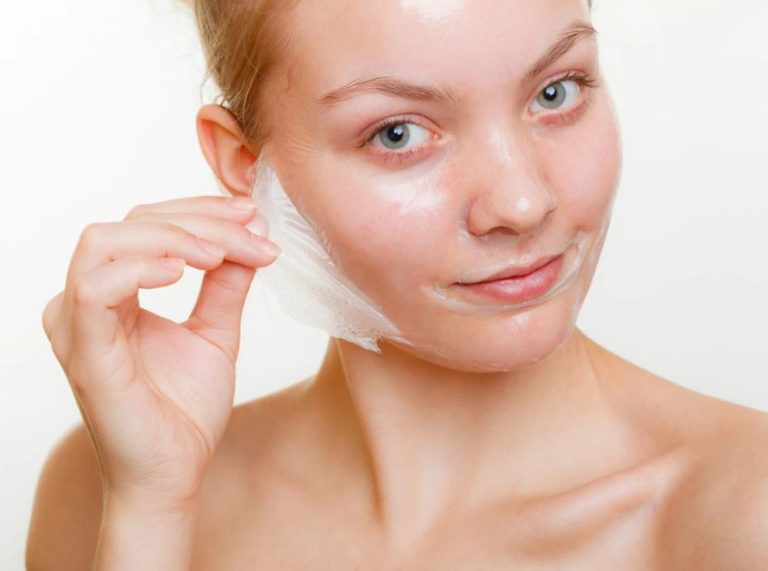
Important: This article is for informational purposes only. Please read our full disclaimer for more details.
Dry, frizzy, or damaged hair got you down? A hot oil treatment could be your ultimate fix. This age-old hair therapy works wonders by deeply nourishing strands and boosting shine—all from the comfort of your home.
Here’s everything you need to know to safely and effectively try a hot oil treatment tailored for your hair type.
Revive Your Hair Naturally: The Power of Hot Oil
Many people struggle with dull, lifeless hair due to styling damage, weather changes, or lack of moisture. Hot oil treatments offer a fast and natural way to bring your hair back to life, hydrating it from root to tip.
Whether you’re battling breakage or looking to grow longer hair, this treatment delivers serious results with minimal effort.
Top Benefits of a Hot Oil Treatment
- Deeply conditions and moisturizes hair
- Seals the cuticle to reduce frizz
- Boosts shine and smoothness
- Helps prevent breakage and split ends
- Improves scalp circulation for healthy growth
The Science Behind the Ingredients
Carrier oils like coconut, olive, and castor oil are rich in fatty acids, vitamins, and antioxidants (1). When gently heated, these oils penetrate more deeply into the hair shaft and scalp, enhancing their therapeutic effects.
Scientific Insight:
A 2003 study in the Journal of Cosmetic Science showed that coconut oil (2) reduces protein loss in both damaged and undamaged hair due to its ability to penetrate the hair shaft better than other oils (3).
Olive oil contains squalene and oleic acid, which help soften hair, while castor oil is rich in ricinoleic acid, known to improve scalp blood flow.
What Makes These Oils Effective?
- Coconut Oil: Penetrates deeply; reduces protein loss
- Olive Oil: Softens strands; adds shine
- Castor Oil: Promotes thickness and scalp health
- Jojoba Oil (optional): Mimics natural scalp sebum
Tip: Customize your oil blend based on your specific hair needs (e.g., dryness, damage, growth).
When to Stop: Signs You Should Discontinue Use
- Increased scalp itchiness or irritation
- Hair feels overly greasy even after washing
- Breakouts along the hairline or scalp
Always do a patch test before using new oils, especially essential oils, or if you have sensitive skin.
Adjust the Treatment to Your Hair’s Needs
- For dry hair: Use more coconut or olive oil
- For oily scalp: Use lighter oils like jojoba
- For fine hair: Keep quantity minimal and avoid heavy oils like castor oil
- For thick/coarse hair: Blend multiple oils for better coverage
Which Hair Types Benefit the Most?
Best suited for:
- Dry and damaged hair
- Curly or coily textures
- Chemically-treated hair
- Frizzy or dull hair types
Avoid if:
- You have an extremely oily scalp or scalp infections
- You’re allergic to any of the oils used
Is a Hot Oil Treatment Safe?
Yes—when done correctly and not overheated, it’s safe for most hair types. Just ensure oils are warm (not hot) to avoid scalp burns. Use it once a week or biweekly for best results.
DIY: Nourishing Hot Oil Hair Treatment for Stronger, Shinier Hair
This DIY hot oil blend is crafted to deeply nourish, strengthen, and revive dry, brittle, or frizzy hair. The warmth of the oils enhances absorption, delivering vitamins and fatty acids directly to the scalp and hair shaft.
Ingredients:
- 2 tablespoons coconut oil (for deep hydration and protein protection)
- 1 tablespoon olive oil (adds softness and shine)
- 1 tablespoon castor oil (stimulates growth and thickens strands)
- 3 drops rosemary essential oil (optional, boosts scalp circulation and reduces hair fall)
- 1 heat-safe glass bowl
- 1 clean towel and shower cap
Directions to Use:
- Add coconut, olive, and castor oils to a clean glass bowl.
- Fill a larger bowl or saucepan with hot water and place the glass bowl inside to create a warm water bath.
- Let the oils warm for 2–3 minutes, stirring gently. Ensure it’s warm, not hot, to the touch.
- Add rosemary essential oil (if using) and stir once more.
How to Apply:
- Detangle your hair and divide it into 2–4 sections.
- Dip your fingertips into the warm oil and massage it into your scalp for 5–10 minutes.
- Apply the remaining oil through the lengths and ends of your hair.
- Cover your hair with a shower cap, then wrap it in a warm towel to retain heat.
- Leave on for 30–45 minutes, then wash thoroughly with a gentle shampoo.
- Let hair air dry naturally for best results.
Pro Tips:
- Always test oil temperature before applying it to avoid burns.
- For finer hair, reduce castor oil to ½ tablespoon to prevent heaviness.
- Warm your towel in the dryer for extra heat retention.
- Use sulfate-free shampoo post-treatment to maintain moisture benefits.
Frequently Asked Questions (FAQ’S)
1. Can I leave a hot oil treatment on overnight?
A. Yes, but only if your scalp tolerates it. Use a protective pillow cover and shampoo thoroughly in the morning.
2. How often should I do it?
A. Once a week is ideal for dry or damaged hair. For oily hair, once every two weeks is enough.
3. Can I use hot oil on color-treated hair?
A. Yes—choose lighter oils like argan or jojoba, which won’t strip color but still nourish effectively.
A hot oil treatment is a time-tested solution to restore strength, shine, and softness to your hair. With the right blend and application, it can transform damaged or dull strands into luscious, healthy locks. Give this DIY a try—your hair will thank you!




